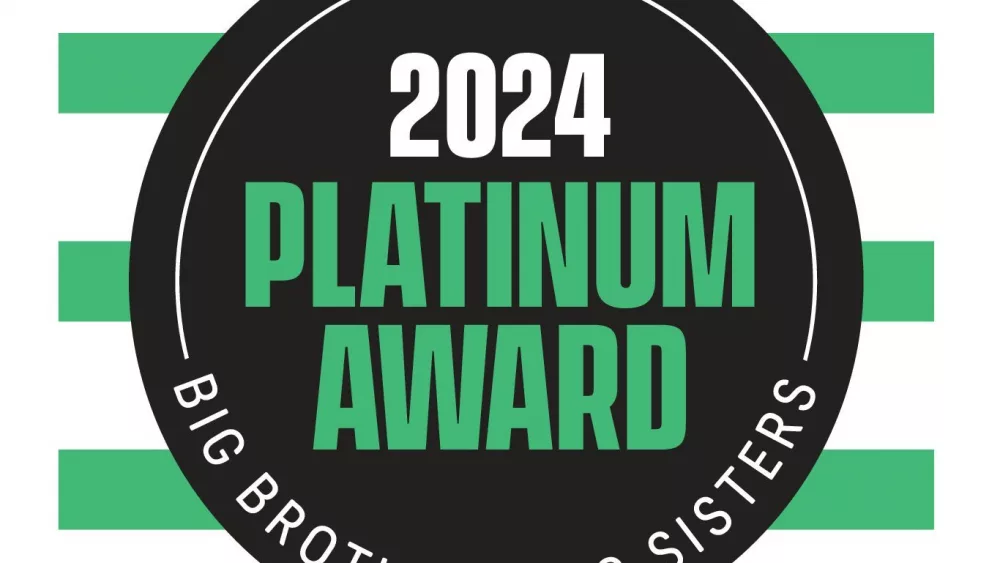There were 737,157 Oregon households unable to afford the state’s cost of living in 2023, according to the ALICE Report released today by United Way of Central Oregon and United Ways of the Pacific Northwest. The Report was released in partnership with United For ALICE, a U.S. research organization driving innovation, research and action to improve life across the country for people in financial hardship.
ALICE in Oregon: A Study of Financial Hardship places a spotlight on what United For ALICE calls the ALICE population — households earning more than the official Federal Poverty Level, but less than the cost of basics such as housing, childcare, food, transportation, health care, technology, and taxes in their local community. ALICE® stands for Asset Limited, Income Constrained, Employed — a large population of hardworking residents who work at low-paying jobs, have little or no savings and are one emergency away from falling into poverty.
The Report is the most comprehensive depiction of financial need in the state to date, using the latest data from a variety of sources, including the U.S. Census. The Report unveils new measures, based on 2023 income levels and expenses, that quantify how many Oregon households are struggling financially, and why.
In 2023, out of Oregon’s total 1.7 million households, a total of 528,716 households fell into the ALICE population. This number was more than double the official poverty rate, which accounted for another 208,441 households in the state. Combined, ALICE households and households in poverty made up the population below the ALICE Threshold of Financial Survival and accounted for 42% of all households in Oregon. Details about Crook, Deschutes, and Jefferson counties are below:
-
Crook: 34% ALICE & 9% below the Federal Poverty Line (FPL)
-
Deschutes: 23% ALICE & 9% below the FPL
-
Jefferson: 28% ALICE & 14% below the FPL
“We all know ALICE,” said Diana Fischetti, Regional Executive Director of United Way of Central Oregon. “ALICE is the young family squeezed by the cost of childcare, the recent college graduate living with roommates because rent is out of reach, and the mid-career professional underemployed despite doing everything ‘right.’ These are the people who teach our kids, care for our elders, and keep our economy running — and yet they’re struggling to afford the basics. That’s not a personal failure; it’s a sign of systems that no longer work for working people.”
The Report is a project of United For ALICE, which leads a grassroots movement of United Ways, corporations, nonprofits and foundations in more than half the United States, all using the same methodology to document financial need. ALICE Reports provide county-by-county data and analysis of how many households are struggling, including the obstacles ALICE households face on the road to financial independence.
“This Report provides the objective data that explains why so many residents are struggling to survive and the challenges they face in attempting to make ends meet,” said the Report’s lead researcher, United For ALICE National Director Stephanie Hoopes, Ph.D. “Until now, the true picture of need in local communities and states has been understated and obscured by misleading averages and outdated poverty statistics.”
The ALICE Report reveals:
 Between 2010 and 2023, the total number of households in Oregon increased by 15%, the number of households in poverty decreased by 4%, and the number of ALICE households increased by 27%.
Between 2010 and 2023, the total number of households in Oregon increased by 15%, the number of households in poverty decreased by 4%, and the number of ALICE households increased by 27%. Single-female-headed households are especially impacted by the harsh realities of our economic systems, with nearly 40% living under the federal poverty line and an additional 32% ALICE.
Single-female-headed households are especially impacted by the harsh realities of our economic systems, with nearly 40% living under the federal poverty line and an additional 32% ALICE. Households below the ALICE Threshold span all races, ages and genders, closely mirroring the state’s basic demographic make-up. Yet for certain groups, the struggle is disproportionate. For example, 61% of Black and 50% of Hispanic households in Oregon were below the ALICE Threshold in 2023, compared to 41% of white households.
Households below the ALICE Threshold span all races, ages and genders, closely mirroring the state’s basic demographic make-up. Yet for certain groups, the struggle is disproportionate. For example, 61% of Black and 50% of Hispanic households in Oregon were below the ALICE Threshold in 2023, compared to 41% of white households.“ALICE often is forced to make choices that compromise health and safety in order to make ends meet,” Fischetti said, “putting both ALICE and the wider community at risk of long-term societal and economic repercussions.”
“This data confirms what we see every day: that far too many families are stuck making impossible choices — between childcare and health care, or between food and rent,” Fischetti continued. “At United Way, we’re using the ALICE data to drive real solutions — by convening cross-sector partners, informing smarter investments, and advocating for systems that help families not just survive, but truly thrive.”
United Way mobilizes communities to action so all can thrive. From strengthening local resilience to advancing health, youth opportunity and financial security, United Way works towards a future where every person in every community can reach their full potential.
For more information or to find data about ALICE in local communities, visit www.UnitedForALICE.org.
About United Way of Central Oregon
United Way of Central Oregon envisions a community where every person can meet their basic needs, every child thrives, every family has a stable home, and neighbors unite to recover stronger from disasters. Through initiatives focusing on financial security, community resilience, youth opportunities and healthy communities, UWCO is building a stronger, healthier Central Oregon. For more information, please visit https://www.
United Way of Central Oregon envisions a community where every person can meet their basic needs, every child thrives, every family has a stable home, and neighbors unite to recover stronger from disasters. Through initiatives focusing on financial security, community resilience, youth opportunities and healthy communities, UWCO is building a stronger, healthier Central Oregon. For more information, please visit https://www.
About United Ways of the Pacific NorthwestUWPNW is the regional trade association for 30 local United Ways in Washington, Oregon and Idaho. United Ways in the Pacific Northwest are committed to improving lives by mobilizing the caring power of communities to advance the common good in the areas of education, income and health.
About United For ALICE
United For ALICE is a U.S. research organization driving innovation, research and action to improve life across the country for ALICE® (Asset Limited, Income Constrained, Employed) and for all. Through the development of the ALICE measurements, a comprehensive, unbiased picture of financial hardship has emerged. Harnessing this data and research on the mismatch between low-paying jobs and the cost of survival, ALICE partners convene, advocate and collaborate on solutions that promote financial stability at local, state and national levels.
This grassroots ALICE movement, led by United Way of Northern New Jersey, has spread to 31 states and the District of Columbia and includes United Ways, corporations, nonprofits and foundations in Arkansas, Colorado, Connecticut, Delaware, Florida, Georgia, Hawai‘i, Idaho, Illinois, Indiana, Iowa, Kansas, Louisiana, Maine, Maryland, Michigan, Minnesota, Mississippi, New Jersey, New York, North Carolina, Ohio, Oregon, Pennsylvania, South Carolina, Tennessee, Texas, Virginia, Washington, Washington, D.C., West Virginia and Wisconsin; we are United For ALICE. For more information, visit: UnitedForALICE.org.






